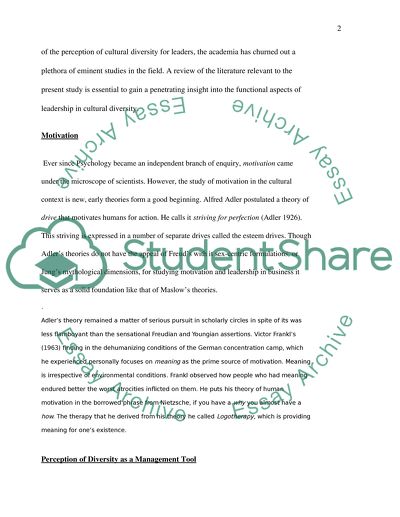Cite this document
(“Perception of Cultural Diversity and Leadership in Global Business Essay”, n.d.)
Perception of Cultural Diversity and Leadership in Global Business Essay. Retrieved from https://studentshare.org/miscellaneous/1508908-perception-of-cultural-diversity-and-leadership-in-global-business-environment
Perception of Cultural Diversity and Leadership in Global Business Essay. Retrieved from https://studentshare.org/miscellaneous/1508908-perception-of-cultural-diversity-and-leadership-in-global-business-environment
(Perception of Cultural Diversity and Leadership in Global Business Essay)
Perception of Cultural Diversity and Leadership in Global Business Essay. https://studentshare.org/miscellaneous/1508908-perception-of-cultural-diversity-and-leadership-in-global-business-environment.
Perception of Cultural Diversity and Leadership in Global Business Essay. https://studentshare.org/miscellaneous/1508908-perception-of-cultural-diversity-and-leadership-in-global-business-environment.
“Perception of Cultural Diversity and Leadership in Global Business Essay”, n.d. https://studentshare.org/miscellaneous/1508908-perception-of-cultural-diversity-and-leadership-in-global-business-environment.


